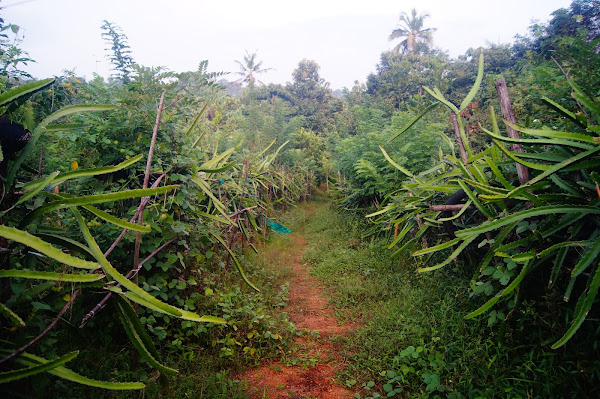Introducing desert roses in a forest-farm !
Expanding Horizons at Liz Pepper Gardens: Desert Rose Propagation and the Art of Succulent Farming
The barren beauty of succulents, known for their resilience in harsh environments, signals the inception of an era dedicated to cultivating a diverse array of desert flora.
And Desert Roses (Adenium obesum) take center stage as Liz Pepper Gardens expands its repertoire to include these enchanting succulents. Originating from arid regions, the Desert Rose has adapted to thrive in the most challenging conditions, making it an ideal addition to the diverse ecosystem fostered by the forest farm. The hardiness of the Desert Rose invites the cultivation of various succulents and desert plants that can flourish in the wild environment curated by Liz Pepper Gardens.
Propagation Techniques
The propagation of Desert Roses involves a meticulous process to ensure the health and vitality of these unique plants. At Liz Pepper Gardens, this begins with the careful harvesting of seeds or the nurturing of young seedlings. In the case of desert roses, we planted a small root plant for fast growth. It can also be seed cultivated, you will see the cotton cloud detached from the flower with a seed and these seeds are sown in well-draining soil, mirroring the conditions of their native habitats. The succulent seeds, imbued with the promise of life, sprout into resilient saplings under the watchful care of the dedicated team at the farm.
Additionally, Desert Roses are known for their ability to be propagated through stem cuttings. A precise cutting, taken from a healthy parent plant, is allowed to callus before being planted in a suitable substrate. The resilience of Desert Roses is evident as these cuttings take root and develop into independent plants, adding to the tapestry of succulents flourishing at Liz Pepper Gardens.
Metric of Health: The Bulb Above the Root
A distinctive feature of Desert Roses is the bulbous structure that forms above the root system. This swollen base, often referred to as the caudex, serves as a visual metric of the plant's health and vitality. Liz Pepper Gardens places particular emphasis on monitoring the development of this caudex, as its plumpness is indicative of the plant's ability to store water and nutrients. A robust caudex signifies a well-nourished and resilient Desert Rose, ready to thrive in the arid conditions of the forest farm.
Planting Techniques and Growth Factors
The planting of Desert Roses is a delicate dance between providing the right conditions and allowing the plants to adapt to their surroundings. Liz Pepper Gardens ensures that the soil is well-draining, mimicking the sandy environments where Desert Roses naturally grow. Additionally, the farm's experts take into account factors such as sunlight exposure and water requirements, carefully orchestrating an environment that fosters optimal growth.
Desert Roses, along with other succulents and desert plants, are strategically placed in areas where they receive adequate sunlight while being sheltered from extreme conditions. This deliberate placement within the forest farm creates microenvironments that mirror the diverse ecosystems found in arid regions.
The Harmony of Desert Flora in the Forest Farm
The introduction of Desert Roses at Liz Pepper Gardens heralds a harmonious integration of diverse plant species within the forest farm. The succulent varieties, with their unique adaptations and captivating forms, contribute to the overall biodiversity of the cultivated landscape. Their presence not only adds aesthetic value but also plays a vital role in the farm's commitment to sustainable and ecologically conscious agriculture.
As our forest farm continues to evolve, this addition marks the beginning of a new exploration into the vast and fascinating world of desert flora.
Also read



Comments
Post a Comment